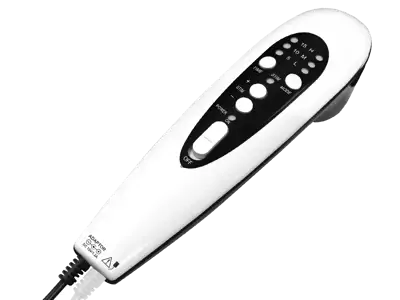Arthritis
Arthritis is a general medical term. It is the umbrella term for more than 100 types of inflammatory diseases of the joints. It is not only specific to old age. Two thirds of arthritis patients are under 65.
Read more...Arthritis is a general medical term. It is the umbrella term for more than 100 types of inflammatory diseases of the joints. It is not just a condition of old age. Two-thirds of people with arthritis are under 65.
What is arthritis?
The word arthritis means inflammation or an inflamed condition of the joint, the most characteristic symptoms of which are pain, stiffness and swelling of the joint (sometimes there is no swelling). If inflammation is the primary cause, the disease is arthritis-type. If joint wear is seen first, then arthritis is the more appropriate name.
Arthritis can affect any joint. It is most common in weight-bearing joints such as the hip, ankle or knee. It also occurs in the lumbar spine and neck. Arthritis of the small joints of the hands and feet is called rheumatoid arthritis.
Persistent arthritis damages the cartilage surface of the joint. This damage can increase until the cartilage is completely fragmented, worn away and the bone ends come into contact with each other. This is called arthrosis.
Home physiotherapy treatment for arthritis
The main advantage of physiotherapy treatments is that they are drug-free and therefore have no side effects. The effects of the treatments are not immediate and are usually felt only after a few sessions. With the exception of ultrasound, the treatments can be used and administered until full recovery. &/p>
- Warm therapy, such as hydrotherapy in hot water, reduces stiffness and relieves pain. Similar effects can be achieved with modern deep heat therapy devices, which mould to the shape of the joint and heat and loosen the exact area where it is needed.
- In arthritis, regular but gentle exercise is important. This increases the natural production of synovial fluid, strengthens the muscles supporting the joint and thus relieves the joint itself.
- The stability of the joint is provided by the muscles surrounding it. These are best strengthened by muscle stimulators.
- Therapeutic ultrasound helps to reduce inflammation and pain, but after 10-15 treatments there should be a break of a few months, i.e. it cannot be used for months.
- Soft laser quickly reduces pain and stimulates the healing process. There is no overdose, so it can be used permanently.
- Microcurrent treatments reduce pain and speed recovery.
- Magnetotherapy treatments are used primarily to treat joint complaints due to their pain-relieving and anti-inflammatory effects.

















